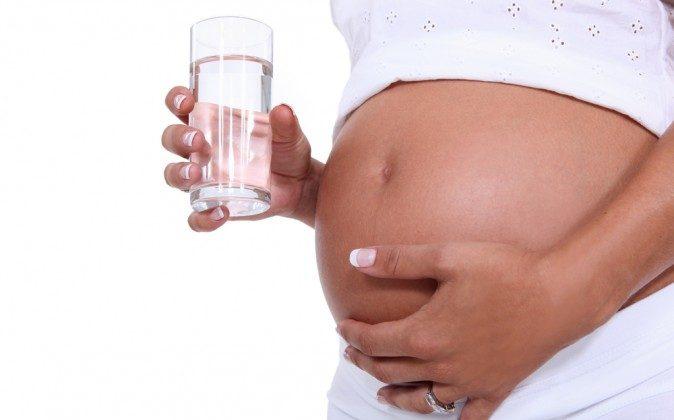Pregnant women who are exposed to tetrachloroethylene (PCE) in drinking water may have a higher risk of stillbirth and placental abruption.
A new study compared 1,091 PCE-exposed pregnancies and 1,019 unexposed pregnancies among 1,766 women living in Cape Cod, Massachusetts, where water was contaminated in the late 1960s to the early 1980s by the installation of vinyl-lined asbestos cement pipes.
Exposure was estimated using water-distribution system modeling software. Data on pregnancy complications were self-reported by mothers.
Of the more than 2,000 pregnancies, 9 percent were complicated by pregnancy disorders associated with placental dysfunction. Pregnancies among women with high PCE exposure had 2.38 times the risk of stillbirth and 1.35 times the risk of placental abruption, compared to unexposed pregnancies.
The study also found an elevated risk of vaginal bleeding in pregnancies where women had PCE exposure greater than or equal to the sample median.
The study findings support a small body of prior research indicating that PCE exposure may impact placental function and fetal growth, says lead researcher Ann Aschengrau, professor of epidemiology at Boston University School of Public Health. However, further investigation of related disorders is needed.
“We need to have a better understanding of the impact of this common drinking water contaminant on all aspects of pregnancy.”
Common Contaminant
For the study, published in the journal Environmental Health, researchers used data from the Cape Cod Family Health Study, a population-based retrospective study designed to examine the influence of prenatal exposure to PCE-contaminated drinking water on multiple outcomes during pregnancy and childhood.
Women were considered eligible for the parent cohort if they gave birth to at least one child between 1969 and 1983 and were living in one of eight Cape Cod towns with some contaminated pipes at the time of the child’s birth.
The study found no link between PCE exposure and preeclampsia or delivery of small-for-gestational-age (SGA) infants.
“Our results suggest that prenatal PCE exposure is not associated with all obstetric complications, but may increase the risk of certain ones, including stillbirth and placental abruption,” the study says.
The study was conducted as part of BU’s Superfund Research Program.
Source: Boston University. Republished from Futurity.org under Creative Commons License 3.0.
*Image of “pregnant belly“ via Shutterstock






Friends Read Free